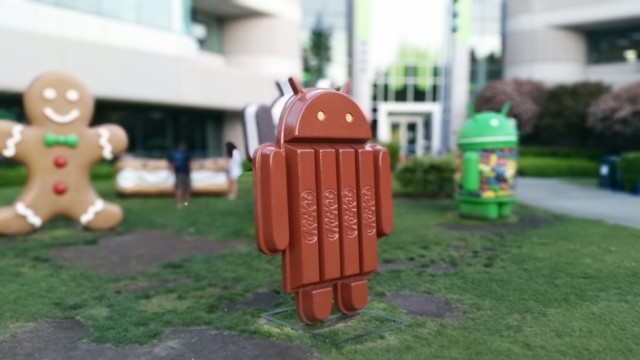

Google’s Camera App is great because it’s available for a multitude of devices. We will mention that with respect to equity, we tested both features with the HTC One (M8). The color sensitivity was also notable between the two. The faster we got with Lens Blur, the worse the blurring was, which was expected. As you can see, it took a steady hand with Lens Blur before it could be compared to UFocus in terms of blurring. We’ve tagged each with an explanation of what was done, as we purposefully tried to trick both UFocus and the Camera app into screwing up. We’ll let the samples below speak for themselves. Your effect depends entirely on how well you drag the device upward, and how steadily you keep the subject in focus. Once you do that, and snap a picture, you drag the camera upward in an arc, keeping the subject in the same place on your screen the entire time. With Google’s Camera app, you must first choose the Lens Blur effect, then choose a focal point. The Google Camera app doesn’t have that luxury, as the blurring has to be done when you take a picture. All you really have to do in the moment is snap a picture, and you’re on your way. UFocus is an editing feature, so adding the blurred effect is done after you snap the picture. With dedicated hardware, UFocus can reliably count on the photo to be accurately (or at least as accurately as a mobile device can) gauged for depth, focal points, and other necessary info for editing. The second camera on the One is there specifically to do what Google’s app attempts to do - gauge depth of field. Left to the HTC One (M8)’s dual camera setup, UFocus has something Google’s app can’t rely on - solid hardware.

Where Google relies on their app, UFocus leans on hardware. It’s a pretty handy trick for devices that otherwise wouldn’t have the feature, but is it better than UFocus? Without the chance to rely on specific hardware, Google uses the app to identify and gauge depth of field. Google was able to take their app and add some algorithmic goodness to create a very SLR experience for mobile photography. Lens Blur has advantages because it’s available on more devices - pretty much anything running KitKat.


 0 kommentar(er)
0 kommentar(er)
